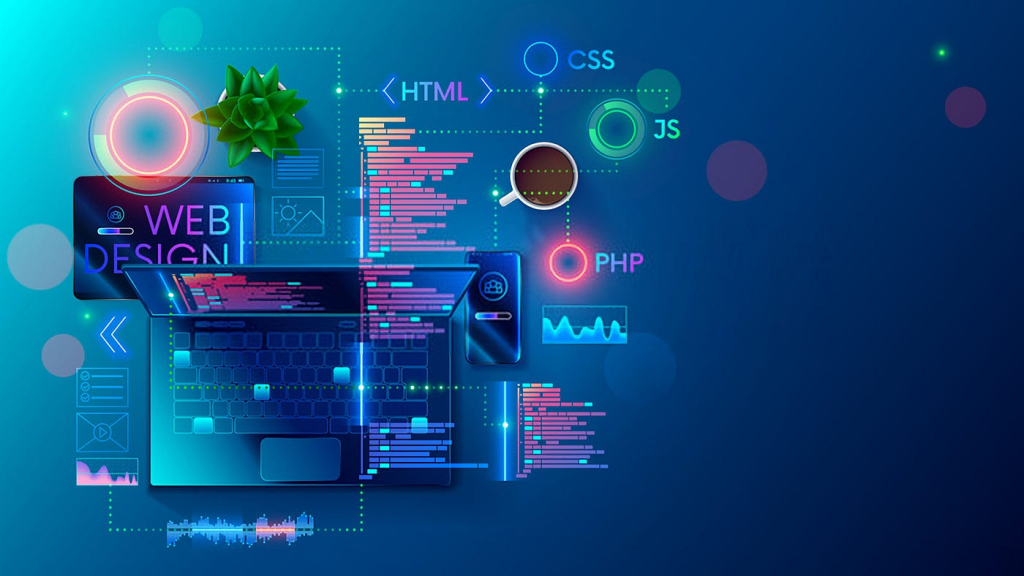In the dynamic sphere of web style, developments evolve quickly, sending breakthroughs in engineering, changes in individual expectations, and innovative innovations. One prevalent trend could be the departure from the once-dominant smooth design towards more complex, multidimensional aesthetics. Websites are now actually adopting degree through shadows, gradients, and levels, creating successfully participating experiences that captivate users. This progress aligns with the broader push towards more immersive internet interfaces, leveraging breakthroughs like enhanced truth (AR) to offer consumers with interactive and interesting experiences.
The rise of dark function has been another powerful tendency, both in terms of aesthetics and functionality. Dark mode not merely suits the modern choice for modern, creatively interesting patterns but additionally handles considerations linked to vision stress, specially during expanded intervals of screen use. That trend displays the junction of visible charm and user-centric design maxims, emphasizing the significance of creating websites that prioritize person well-being.
Typography, a basic section of style, has seen a resurgence with the adoption of serif fonts. Manufacturers are exploring the expressive possible of serif typefaces, breaking far from the sterile search of sans-serif fonts. That change injects character in to web style, fostering an expression of originality and identity for each website. Furthermore, the increased use of energetic and variable fonts allows for more creative flexibility, permitting makers to experiment with typographic aspects that adjust to different screen styles and promises seamlessly.
In the realm of artwork, the utilization of elaborate illustrations has changed into a significant trend, injecting playfulness and charm into web design. Cases are employed not merely for visual applications but also to present complicated information in a visually digestible manner. This development aligns with the broader movement towards user-friendly interfaces, where visual storytelling and user-friendly design subscribe to a more fun and wonderful person experience.
Minimal maximalism is a design idea that harmonizes simplicity with wealthy aesthetic elements. While enjoying the clear lines and uncluttered layouts of minimalism, that development features striking colors, striking image, and elaborate facts to make a harmony that captivates and maintains the user’s attention. The end result is a creatively impactful and memorable internet site that seamlessly combines simplicity and complexity.
Web accessibility has actually taken center point as a vital trend, focusing the importance of planning websites that are inclusive and user-friendly for those who have varied abilities. This tendency runs beyond conformity with supply requirements to foster a genuine commitment to making electronic activities that may be seen and enjoyed by everyone.
In the world of movement design, scroll-triggered animations have grown to be a popular method for creating vibrant and engaging user journeys. These animations answer user communications, providing an expression of continuity and storytelling as customers steer through the website. This tendency adds an additional coating of interactivity, increasing the general individual experience and making websites experience more energetic and responsive.
Responsive style has evolved further with a mobile-first approach. As cellular usage continues to take control, web-site designers are prioritizing the growth of sites improved for smaller screens. This method ensures that people on mobile phones have a smooth and satisfying knowledge, emphasizing the significance of developing with the constraints and possibilities of webdesign trends 2024 programs at heart from the outset.

In summary, the landscape of web style is a vibrant tapestry of developments that reveal the growing wants and preferences of users. From dimensional aesthetics and immersive activities to inclusive design and sensitive mobile-first approaches, these trends collectively shape the electronic activities that determine our on line interactions. Manufacturers moving this ever-changing landscape must affect a balance between adopting innovative developments and prioritizing user-centric style concepts to produce websites which are not just successfully interesting but in addition practical and accessible to a varied audience.
